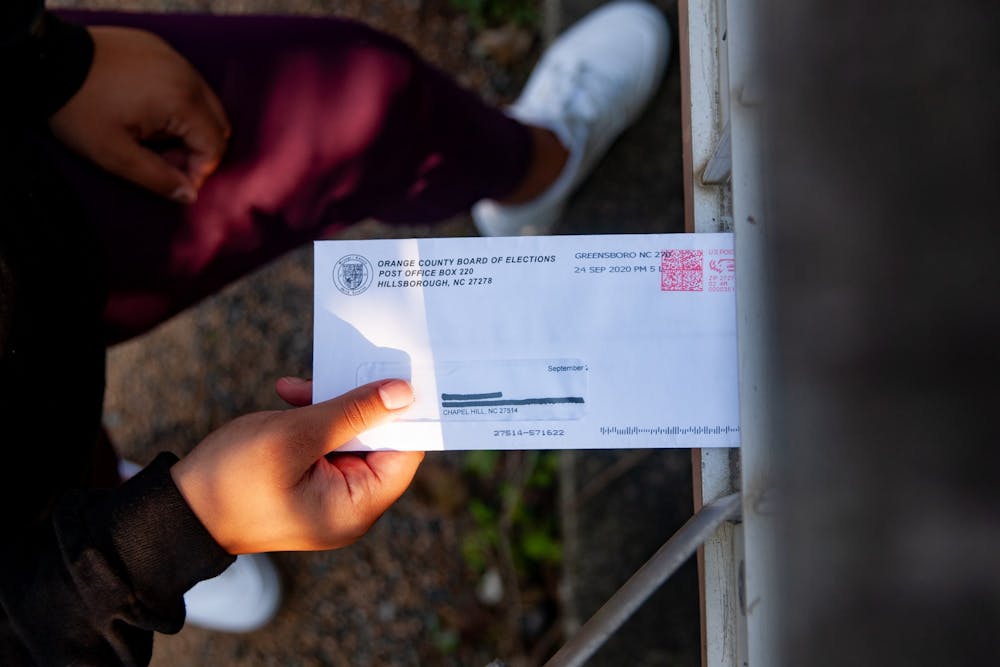Election season has officially begun, with over one million people having already voted in North Carolina. As we cast our ballots, we might not always consider how voter suppression prevents many Americans from successfully voting. Voter suppression is not the rarity we think it is, and it may look different than what typically comes to mind when we think of historical efforts to make voting less accessible.
Barriers to voting might be especially prevalent during this contentious election. In Texas, for example, the governor has attempted to limit the number of ballot boxes in each county. Meanwhile, in California, the Republican Party has refused to remove unauthorized ballot boxes, despite being subpoenaed.
Although we tend to see long lines at polling places as indicative of high voter turnout, it can be a sign that there are too few polling places available in that county. Long waits might also discourage people from voting at all.
Gerrymandering is perhaps the most prominent example of voter suppression. It occurs when electoral district lines are drawn unfairly to reduce the voting power of certain communities, especially Black and Latinx communities. Gerrymandering is historically severe in North Carolina.
In North Carolina, the Board of Elections has been forced to send affidavits to individuals who incorrectly filled out absentee ballots. Some of these errors stem from the requirement that another adult of voting age must be a witness to an absentee ballot. As these errors are corrected, around 6,800 ballots are unaccounted for, with nearly half of these ballots belonging to people of color.
Voter ID laws require voters to show some form of government-issued identification before they can cast their ballot. Thirty-six states have enacted some form of voter ID laws since 2010 — yet over 21 million Americans do not have government issued IDs. The process to get an ID might cost too much money or time for low-income individuals, or require additional identification materials that some people do not have. Even the voter registration process can limit how many people are eligible to vote, because it offers a limited window for registration and can require additional materials, such as proof of citizenship.
All of these barriers work to limit how we vote, where we vote and how many people are able to vote. Voter suppression hinders the democratic process by reducing the impact voters have on election outcomes — especially for voters from marginalized communities.
While there is no one solution for these problems, being aware of them helps us push for comprehensive reforms to systemic barriers to voting such as voter ID laws, early voting access and the drawing of electoral districts.



